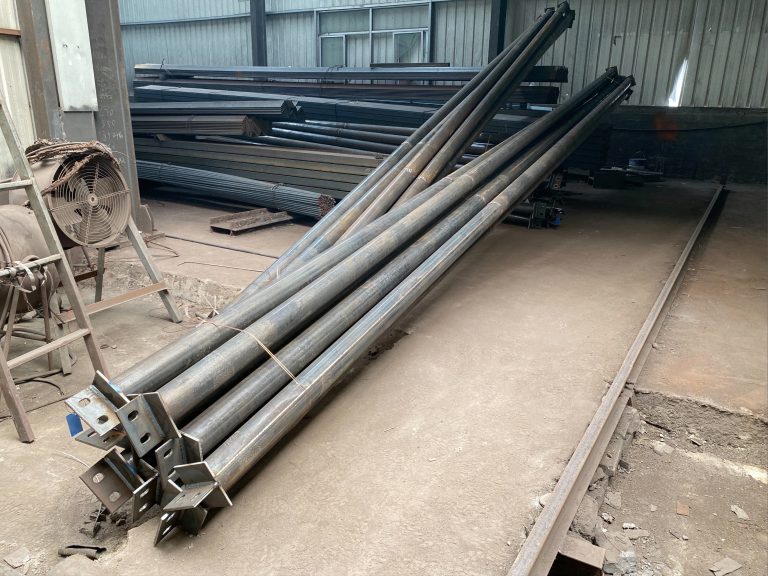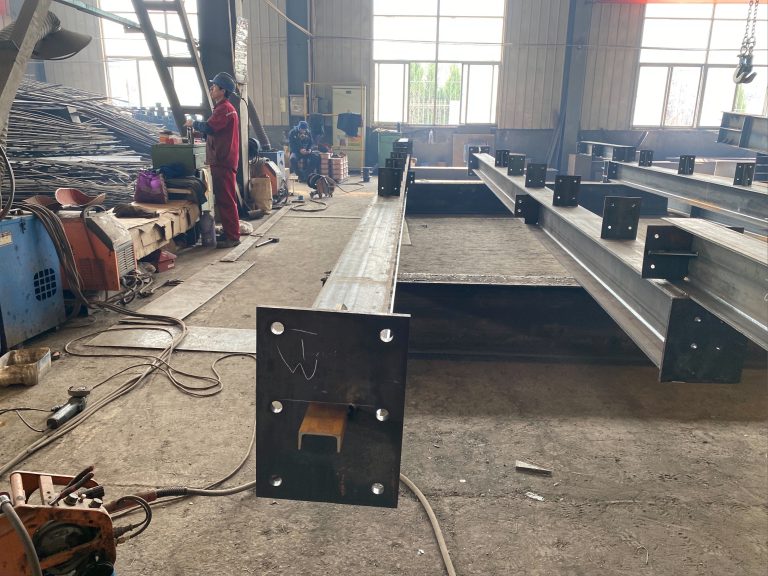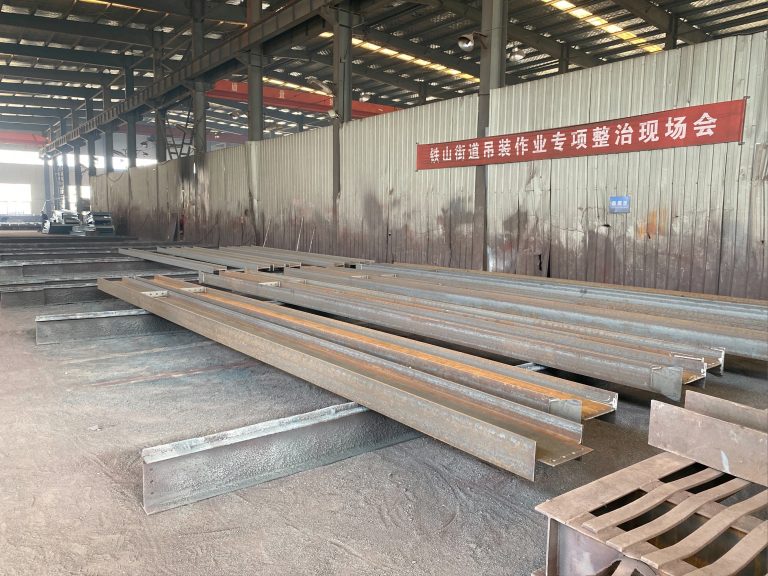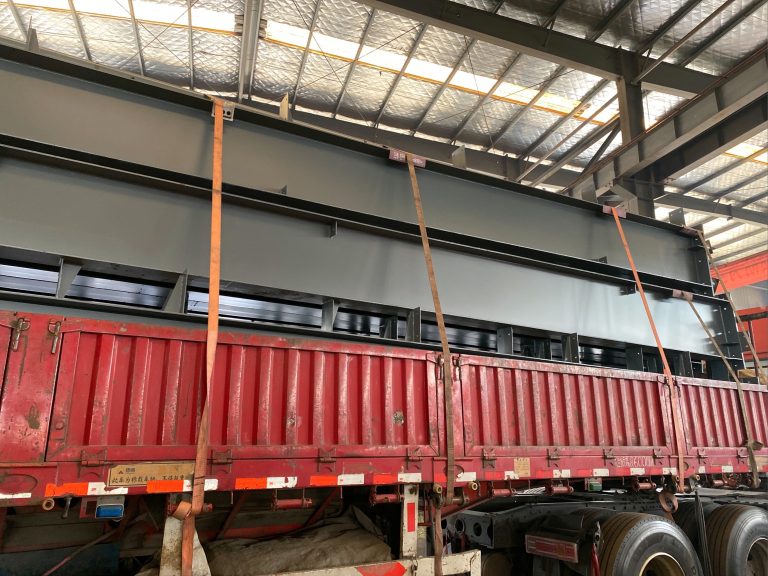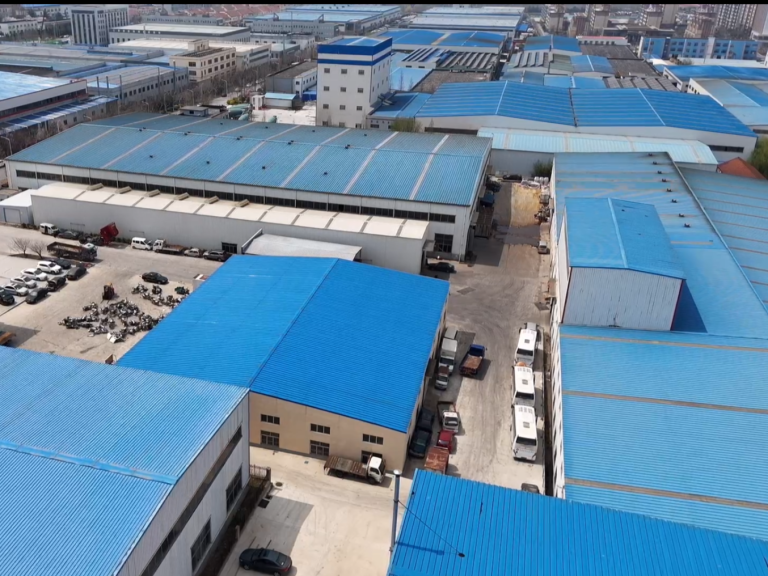How can light panels reduce artificial lighting and air conditioning use in buildings through natural lighting and ventilation?
Table of Contents
Benefits of Using Light Panels for Natural Lighting in Buildings
Light panels are a popular choice for incorporating natural lighting into buildings, as they offer numerous benefits that can help reduce the need for artificial lighting and air conditioning. By harnessing the power of natural light and ventilation, light panels can create a more sustainable and energy-efficient environment within a building.
One of the key benefits of using light panels is their ability to reduce the reliance on artificial lighting. Natural light is not only more pleasant and inviting than artificial light, but it is also more cost-effective and energy-efficient. By strategically placing light panels throughout a building, natural light can be maximized, reducing the need for electric lighting during the day. This can lead to significant cost savings on electricity bills and reduce the building’s overall carbon footprint.
In addition to reducing the need for artificial lighting, light panels can also help to decrease the reliance on air conditioning. Natural light can help to regulate the temperature within a building, reducing the need for air conditioning to cool or heat the space. By allowing natural light to enter a building, light panels can help to warm up a space in the winter and cool it down in the summer, creating a more comfortable and energy-efficient environment for occupants.
Furthermore, light panels can also be used to promote natural ventilation within a building. By strategically placing light panels in areas where airflow is needed, such as near windows or doors, natural ventilation can be enhanced. This can help to improve indoor air quality, reduce the build-up of pollutants and allergens, and create a healthier and more comfortable environment for occupants.
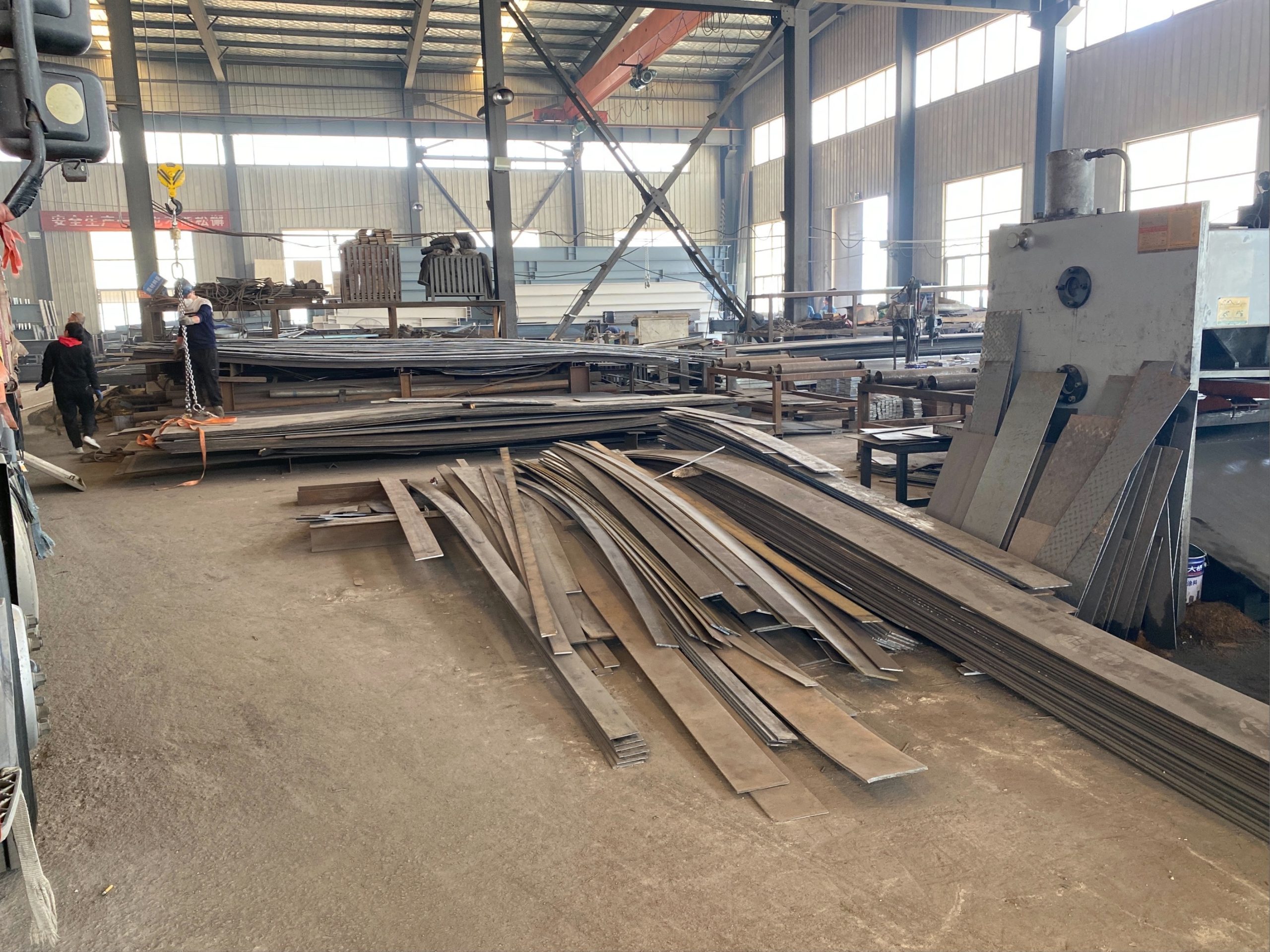
Another benefit of using light panels for natural lighting is their ability to enhance the aesthetic appeal of a building. Natural light has been shown to have a positive impact on mood and productivity, creating a more pleasant and inviting atmosphere for occupants. By incorporating light panels into a building’s design, architects and designers can create spaces that are not only functional and energy-efficient but also visually appealing and conducive to well-being.
Overall, the use of light panels for natural lighting in buildings offers a wide range of benefits that can help to reduce the reliance on artificial lighting and air conditioning. By harnessing the power of natural light and ventilation, light panels can create a more sustainable, energy-efficient, and comfortable environment for occupants. Whether used in commercial buildings, residential spaces, or public facilities, light panels are a versatile and cost-effective solution for incorporating natural lighting into any building design.
Strategies for Incorporating Natural Ventilation to Reduce Air Conditioning Use in Buildings
Natural ventilation and lighting are essential elements in creating sustainable and energy-efficient buildings. By incorporating these elements into building design, it is possible to reduce the reliance on artificial lighting and air conditioning, leading to significant energy savings and a more comfortable indoor environment. One effective way to achieve this is through the use of light panels, which can help maximize natural light and ventilation in buildings.
Light panels are a type of architectural element that allows natural light to enter a building while also providing ventilation. These panels are typically installed on the roof or walls of a building and are designed to capture and distribute natural light throughout the interior space. By harnessing the power of natural light, light panels can help reduce the need for artificial lighting during the day, thereby lowering energy consumption and costs.
In addition to providing natural light, light panels can also be designed to facilitate natural ventilation. By incorporating operable panels or louvers into the design, it is possible to allow fresh air to enter the building and circulate throughout the space. This can help reduce the need for mechanical ventilation systems, such as air conditioning, which can be energy-intensive and costly to operate.
One of the key benefits of using light panels to enhance natural lighting and ventilation is the potential for improved indoor air quality. By allowing fresh air to enter the building, light panels can help reduce the buildup of pollutants and contaminants that can be harmful to occupants’ health. This can create a more comfortable and healthy indoor environment, leading to increased productivity and well-being among building occupants.
Another advantage of incorporating light panels into building design is the potential for increased energy efficiency. By reducing the reliance on artificial lighting and air conditioning, buildings can lower their energy consumption and carbon footprint. This can lead to cost savings for building owners and operators, as well as a reduced impact on the environment.
When designing a building with light panels, it is important to consider factors such as orientation, size, and placement to maximize their effectiveness. By strategically positioning light panels to capture the most sunlight and facilitate natural ventilation, it is possible to optimize their performance and achieve the desired energy savings.
In conclusion, light panels are a valuable tool for reducing artificial lighting and air conditioning use in buildings through natural lighting and ventilation. By harnessing the power of natural light and air, light panels can help create a more sustainable and energy-efficient indoor environment. Building designers and owners should consider incorporating light panels into their projects to reap the benefits of improved indoor air quality, energy efficiency, and occupant comfort. By embracing natural ventilation and lighting, buildings can become more environmentally friendly and cost-effective in the long run.

